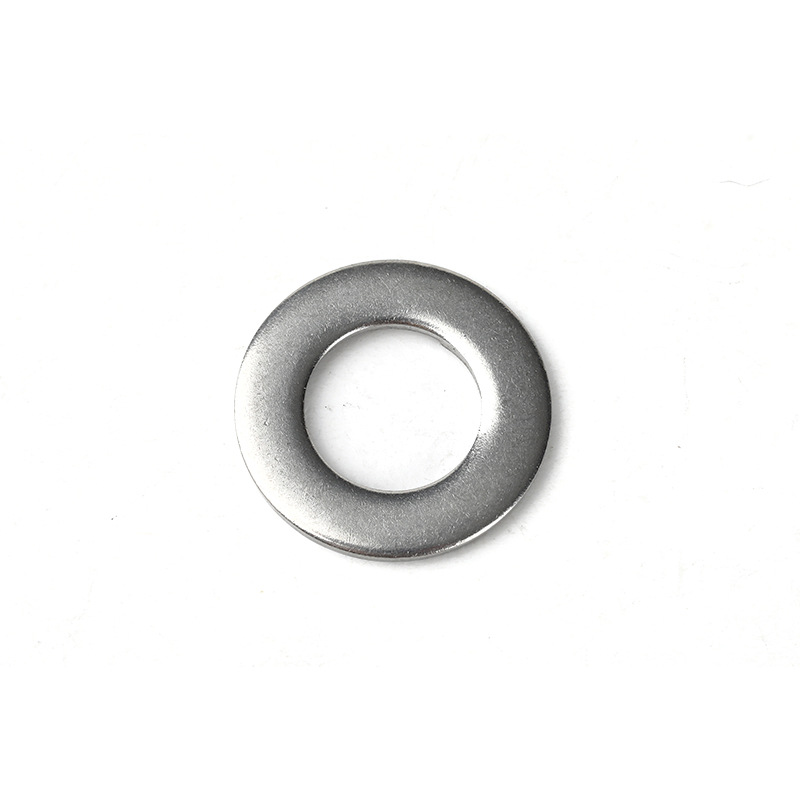

m12 threaded rod
Oct . 07, 2024 00:17 Back to list
m12 threaded rod
Understanding M12 Threaded Rods Specifications, Uses, and Benefits
M12 threaded rods are essential components in various engineering and construction applications. These rods, classified based on their diameter—12 millimeters in this case—feature continuous threads along their length, making them versatile and widely utilized in many industries. This article explores the specifications, common uses, and advantages of M12 threaded rods.
Specifications of M12 Threaded Rods
M12 threaded rods are typically made from materials such as steel, stainless steel, or plastic, depending on the application requirements. The M in M12 denotes that these rods are metric, which is a standard used internationally. The diameter of M12 rods is 12 mm, and they typically come in standard lengths, although they can be cut to size depending on specific project needs.
The threads on an M12 rod are generally classified under the ISO metric thread system, which incorporates standard pitch measurements. The common pitch for M12 rods is 1.75 mm, though fine threads with a pitch of 1.5 mm are also available. The choice of pitch and thread type can impact the rod's strength and grip when utilized in assembly.
Furthermore, M12 threaded rods may be treated or coated for enhanced corrosion resistance, particularly if they are used in outdoor or harsh environments. Coatings such as zinc plating or hot-dip galvanizing are frequent options that help ensure durability.
Common Uses of M12 Threaded Rods
M12 threaded rods are incredibly versatile and can be found in various applications, ranging from construction and manufacturing to DIY projects. Here are a few common uses
1. Structural Support M12 rods are often used as tie rods or in brace systems to provide additional support for structures like buildings or bridges. Their strength allows them to bear heavy loads, making them ideal for foundational work.
m12 threaded rod

2. Machinery and Equipment Assembly In industrial settings, M12 rods are frequently used in machinery assembly. They secure components and parts in place, ensuring stability and functionality of equipment like conveyor belts, heavy machinery, and more.
3. Furniture and Fixtures M12 rods can be used to create custom furniture or fixtures, including tables, shelves, and other structural components. With proper fasteners, they offer an attractive and sturdy solution for home improvement projects.
4. Automotive Applications In the automotive industry, M12 threaded rods are used for various applications, from mounting engines to securing body components. Their reliability and strength are critical in ensuring vehicle safety and performance.
Advantages of M12 Threaded Rods
The use of M12 threaded rods presents numerous advantages. First and foremost is their strength and durability. Made from robust materials, they are capable of withstanding significant tension and shear forces, making them suitable for demanding applications.
Moreover, M12 threaded rods provide flexibility in installation. Because they can be easily cut to length and fitted with a variety of nuts and washers, they can be adapted to different project specifications. This adaptability is an essential trait for engineers and builders.
Additionally, the metric threading ensures compatibility with international standards, which is crucial in a globalized economy where components need to fit seamlessly across borders.
Conclusion
In summary, M12 threaded rods are a fundamental part of modern construction and manufacturing. With their robust specifications, diverse applications, and numerous advantages, they are an excellent choice for anyone in need of reliable fastening solutions. Whether you're working on a large-scale engineering project or a small DIY task, understanding how to utilize M12 threaded rods can lead to more effective and durable results.
Latest news
-
High-Strength Hot Dip Galvanized Bolts - Hebei Longze | Corrosion Resistance, Customization
NewsJul.30,2025
-
Hot Dip Galvanized Bolts-Hebei Longze|Corrosion Resistance&High Strength
NewsJul.30,2025
-
High-Strength Hot-Dip Galvanized Bolts-Hebei Longze|Corrosion Resistance&High Strength
NewsJul.30,2025
-
Hot Dip Galvanized Bolts-Hebei Longze|Corrosion Resistance&High Strength
NewsJul.30,2025
-
Hot Dip Galvanized Bolts - Hebei Longze | Corrosion Resistance, High Strength
NewsJul.30,2025
-
High-Strength Hot Dip Galvanized Bolts-Hebei Longze|Corrosion Resistance, Grade 8.8
NewsJul.30,2025

